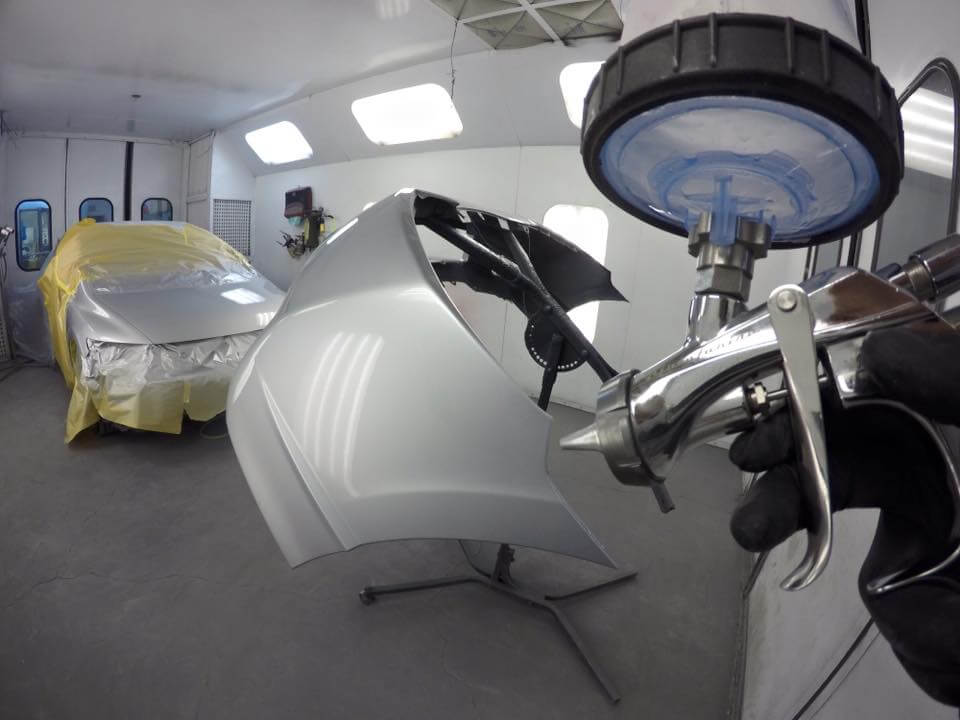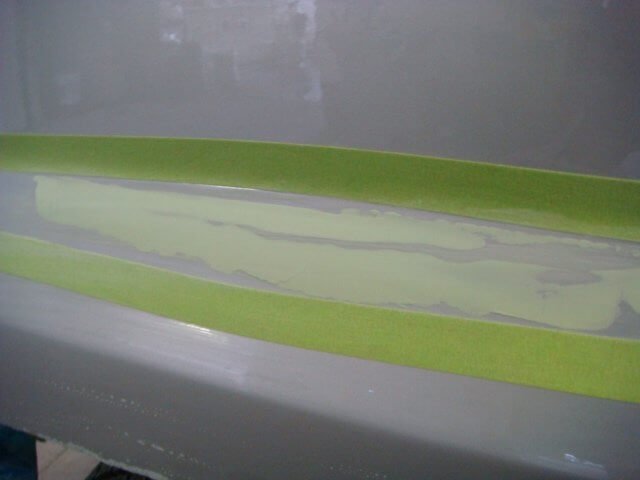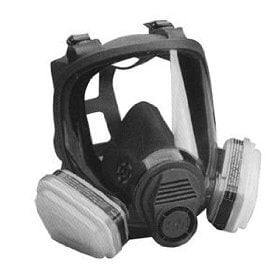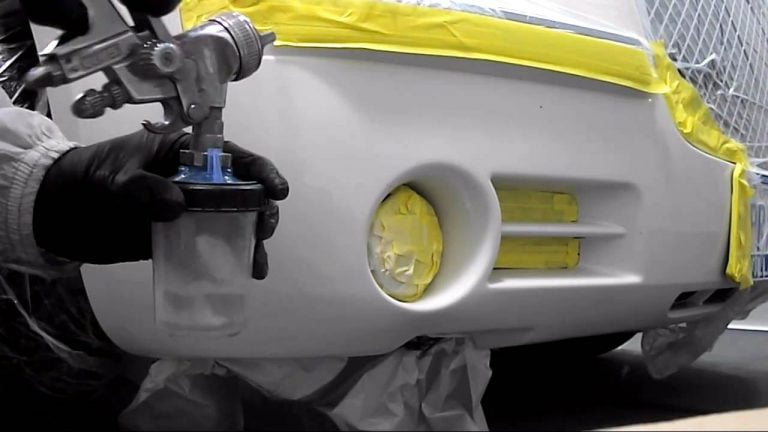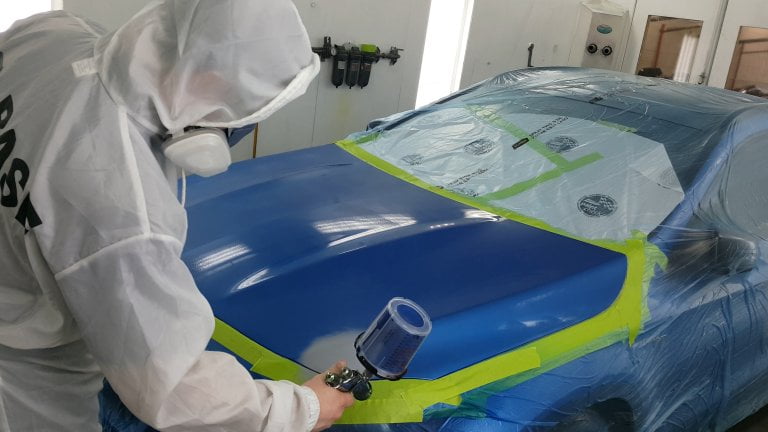Tips for Successfully Painting Plastic Parts
Plastic parts can be challenging to paint, as the manufacturing process and surface tension of plastic can make adhesion difficult. However, by following these tips, you can achieve a long-lasting, professional finish on your plastic parts.
Clean thoroughly: Plastic relies heavily on chemical adhesion, which depends on removing contaminants such as mold-release agents from the surface. Use soap and water, as well as a plastic cleaner, to thoroughly clean your plastic parts.
Use sanding paste and a scuff pad: A sanding paste, used in conjunction with a grey scuff pad, can help to achieve a high level of cleanliness on the surface of the plastic.
Test and remove bad primers: Before painting, be sure to run adhesion and solvent tests on plastic parts that come pre-primed. If the results are poor, remove the old primer before applying a new coat.
Follow the manufacturer’s instructions: Any reputable paint manufacturer will provide clear instructions for painting plastic parts. Be sure to follow these steps to achieve the best results.
By establishing good practices for plastic refinishing, you can avoid common failures such as peeling and excessive stone chipping. With these tips, you can achieve a professional, long-lasting finish on your plastic parts.
Any reputable paint manufacturer will provide clear instructions for painting plastic parts, follow them! They are key steps in achieving the results you are after.
Establishing good practices for plastic refinishing will prevent common failures such as peeling & excessive stone chipping.

